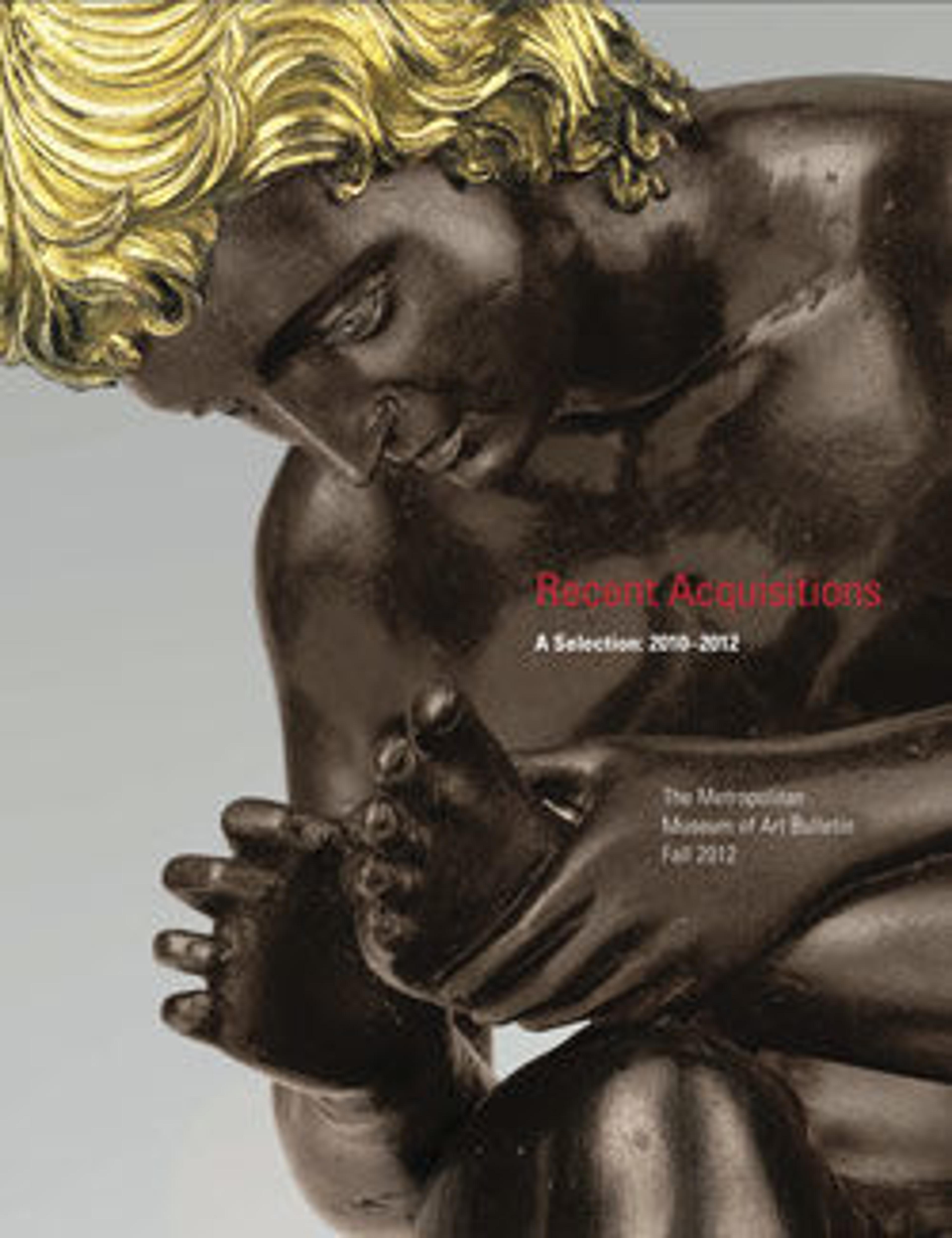University Scepter
University scepters, generally made in pairs during the Middle Ages, were carried at the head of academic processions and signified the authority of the university faculty. The engraving on the handle states that this scepter was given in penance to the cathedral chapter of Lübeck in 1478. The circumstances are unknown, but it is probable that the heraldic shield with the arms of the bishopric of Lübeck and the figure of Saint John the Baptist, one of the patron saints of the cathedral, were added at this time. It is thought that this scepter was made for the University of Rostock and that its mate, much altered, is now in the St. Annen- Museum in Lübeck.
Artwork Details
- Title: University Scepter
- Date: early 15th century (1419? with alterations after 1478)
- Geography: Made in possibly Rostock or Lübeck, Germany
- Culture: North German
- Medium: Silver and silver gilt on an iron core
- Dimensions: Overall: 57 9/16 x 2 3/16 in. (146.2 x 5.6 cm)
Head of scepter: 4 15/16 x 2 3/16 in. (12.6 x 5.6 cm)
bottom knop: 5 11/16 x 1 5/16 in. (14.5 x 3.3 cm)
shaft diameter: 3/8 in. (1 cm)
shaft knop diameter: 13/16 in. (2 cm) - Classification: Metalwork-Silver
- Credit Line: The Cloisters Collection, 2011
- Object Number: 2011.358
- Curatorial Department: Medieval Art and The Cloisters
More Artwork
Research Resources
The Met provides unparalleled resources for research and welcomes an international community of students and scholars. The Met's Open Access API is where creators and researchers can connect to the The Met collection. Open Access data and public domain images are available for unrestricted commercial and noncommercial use without permission or fee.
To request images under copyright and other restrictions, please use this Image Request form.
Feedback
We continue to research and examine historical and cultural context for objects in The Met collection. If you have comments or questions about this object record, please contact us using the form below. The Museum looks forward to receiving your comments.
